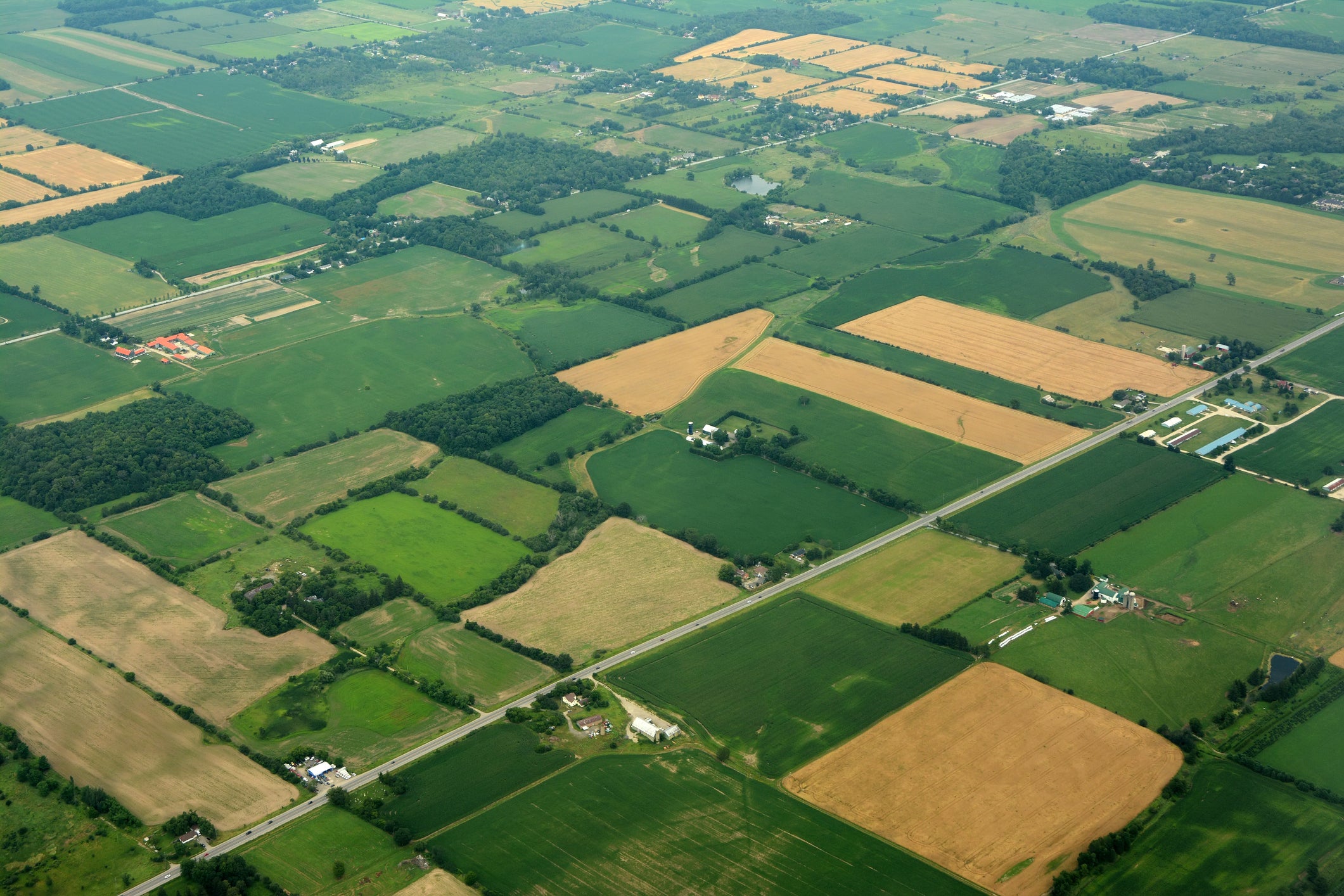Considering rural areas’ complexity in shaping health interventions

There’s no one-size-fits-all definition of what constitutes a rural community in the U.S., but there are four distinct patterns of rurality, each with strengths and deficits upon which tailored health interventions can be built, according to a new study led by Harvard T.H. Chan School of Public Health’s Jen Cruz.
Cruz is a doctoral student at Harvard’s Kenneth C. Griffin Graduate School of Arts and Sciences, studying in the Population Health Sciences program based at Harvard Chan School. The study, published Dec. 31 in SSM – Population Health, is her dissertation. Shoba Ramanadhan and Karen Emmons, faculty in the Department of Social and Behavioral Sciences, were co-authors of the published work.
Cruz conducted the study in order to broaden the population health field’s understanding of rurality. In a zine she created to summarize her research findings, Cruz noted that most definitions of rural areas are based on population size or how close people live to cities—but these definitions don’t capture complexities such as what the culture is like, how far the nearest grocery store is, or what industries or jobs are available.
Cruz and her colleagues analyzed 2018-2021 data across all rural U.S. census tracts for patterns based on the Community Capitals Framework, a sociological framework that categorizes a community’s assets into seven types of capital—social, cultural, financial, human, political, built, and natural. After identifying patterns of rurality, the researchers then explored each pattern’s level of social vulnerability, measured by the Centers for Disease Control and Prevention’s Social Vulnerability Index.
The researchers identified four distinct types of rural community: outlying rural, developed rural, well-resourced rural, and adaptable rural. They found that well-resourced rural communities—the most common type of rural community in the U.S., characterized by a strong economy, high isolation, and low cultural diversity—were the least socially vulnerable. Adaptable rural communities—the second most common type, characterized by high cultural diversity but significant economic challenges—were the most socially vulnerable.
Cruz wrote in her zine, “By understanding and embracing the diversity within rural communities, we can develop smarter, more equitable solutions that work for everyone. Let’s use this knowledge to build healthier, stronger rural communities.”
Read the study: Reconceptualizing rurality: Exploring community capital to identify distinct rural classes in the United States
Learn more
Promoting breast cancer equity in rural communities (Harvard Chan School news)


